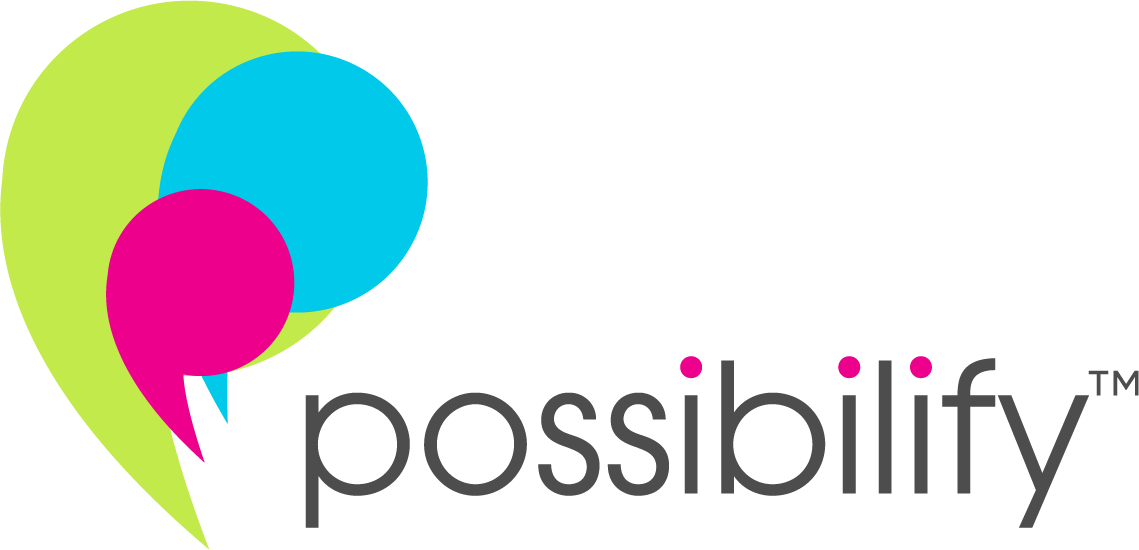- Anti-Racism Tip #8: If It Needs a Disclaimer, Don’t Say It - October 18, 2022
- On Tender Moments that Take Us By Surprise - May 18, 2022
- Finding Creative Ways to Exercise During the Pandemic - April 29, 2022
I have been thinking a lot lately about the way that innovation is framed and how it often includes ideas of digitization, monetization and profit, building at lightning speed on other technological advances, and competing to be the most creative, efficient and profitable. The thing that this conception of innovation is missing, however, is any focus on deepening relationships with others, increasing person-to-person connection, or building a deeper, stronger sense of community. It’s also missing the idea that innovation could include bringing past successes back to the forefront.
In a recent podcast interview on 99% Invisible, Steven Higashide, author of Better Buses, Better Cities, talks about how the most impactful innovation to improve transportation around cities is to improve the public transit system. He says that instead of focusing on new technologies, what is desperately needed to fight climate change and to create more equitable access to services and job opportunities is to increase the efficiency and enjoyment of taking public transit. He cited Toronto, Canada (woot woot!) and London, England as two examples of cities that have good bus and transit systems.
As someone who takes the bus every day to work and back, this mode of transportation also increases our connections with others. We see people of all backgrounds getting on and off the bus. We make decisions to offer our seats to others who need them more than we do. And every once in awhile, people on the public transit help us in various ways:
- Recently, on the streetcar I got in at the back of a jam-packed streetcar. I couldn’t get to the front to pay with my token so I said something to the guy beside me about it. He said: “Just ask people to pass it all the way up and they will send back your transfer.” I said: “Really?” He responded: “Yeah, it will totally work. I have seen it before!” So one by one, about 20 people passed my token up to the front and then passed the transfer back to me and when I got the transfer in my hands, everyone cheered. It was a lovely example of both teamwork and community and it made everybody on the streetcar smile.
- On another occasion, I got into the bus and couldn’t find one of my mittens. So as I frantically looked through my bag, I said to my seatmate: “I can’t find my other mitten. I definitely had it when I got on the bus but I must have dropped it.” We both started looking all around our seats and then I walked up and down from the front door back to my seat to check if I had dropped it. As I took my second trip up to the front to see if I could find it, I heard my seatmate call: “I found your mitten!!” She had noticed that it had fallen behind our seat and was sitting on someone’s bag, which they hadn’t noticed. I thanked her so much – she had really gone out of her way to help me find it!
These examples are just tiny moments on the bus where I connected with people I didn’t know and who helped me when I needed it. Without the bus, those interactions wouldn’t have happened and I would have missed out on those opportunities for connection and community.
So although we may not think of buses and public transit as innovative, they certainly can be. Steven Higashide emphasizes that when thinking about innovation, we need to think about innovation of processes rather than just innovation in technologies. And I would add that we need to think about how innovation can deepen our connections with others and our sense of community as well.
I recently watched “A Beautiful Day in the Neighbourhood”, a movie where Tom Hanks plays Fred Rogers. It’s based on a story of an unlikely friendship that developed between Mr Rogers and a journalist, Tom Junod. The movie presents a study of kindness, of compassion, of what it means to be truly connected with someone else. And it celebrates the uniqueness of Mr Rogers. He would surely be considered an innovator for the type of television show he created – one centred on connection, respect for one another, and community. He was an innovator in the television industry – there was no show like it before and there is nothing like it now.
Innovation focused on relationships can result in a slowing down of the pace of work, in changing processes to deepen connections with others, and in amplifying the importance of listening and connecting with one another face-to-face.
So what if we thought of innovation differently? What if we considered that innovation could be aimed at these very different goals of connection and community building?
As we continue to push forward in North America towards bigger, better and more of almost everything, we seem to have lost sight of the importance of taking care of each other, taking care of the land, taking care of the water, and taking care of the future for our children. In an increasingly impersonal and disconnected world, what are desperately needed are innovations to increase connections with others and deepen experiences of community.
So, by all means, let’s innovate…
Let’s just do it in a way that emphasizes human connection and community.
Let’s innovate the ways that we tackle large systemic problems that negatively impact the most marginalized among us.
And let’s innovate in a way that remains relationship-centred.
Because innovation that is focused on deepening relationships and community connection will make our world SO. MUCH. BETTER.
We would love to hear your thoughts in the comments section below, and if you enjoyed this article, share it!


I was curious if you ever thought of changing the structure
of your website? Its very well written; I love what youve got to say.
But maybe you could a little more in the
way of content so people could connect with it better.
Youve got an awful lot of text for only having
one or 2 pictures. Maybe you could space it out better?
Thanks for taking the time to provide your thoughts out our site. This is really helpful feedback. I checked out your website and I like how you use so many images! I will think about this moving forward and test some new formats out! Thanks again.